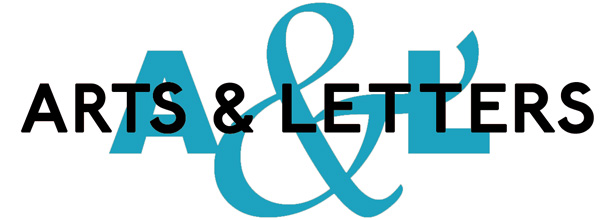Volume XXXVIII Number 1, Spring 2018
The Chattahoochee Review, published by Perimeter College at Georgia State University, has been around since 1981 and publishes art, fiction, non-fiction, poetry, translations, and reviews. This edition also contains two Lamar York Prize-winning pieces of prose. This edition is adorned with cool, delicately woven colors, a cover designed by Vanessa Lowry, which embodies the re-awakening of nature in the spring. In the interest of brevity, I’ll take a look across three genres, three writers or artists respectively, and the caliber of work that The Chattahoochee Review accepts: Chris Drangle’s flash fiction piece “Animation,” Maja Wrońska’s painting “Flatiron, NYC,” and Laura Cesarco Eglin’s poem “Hemispheres,” translated by Catherine Jagoe and Jesse Lee Kercheval.
Chris Drangle creates a microcosm of childhood joy and then destroys it within the span of a page and a half in “Animation.” Howard Day, his protagonist, works at the Disney Store, hoping to gain “company experience” before heading whole-hog into the working world. Day seems mundane, unimpressed by the oversized, overpriced merchandise around him, though he seems to sympathize with the toys that must be discarded after becoming damaged, due, I think, to Drangle’s strong character development. He dreads destruction, and in time, finds that the short-lived release that obliteration can bring takes a lasting emotional toll on the perpetrator. The life-sized Baloo becomes a symbol for mankind, damaged, labeled useless, and sent out for disposal. Dragle’s work reminds me of a Raymond Carver quote about the art of flash fiction: “Get in, get out. Don’t linger. Go on.”
Though I am not learned in visual arts, I can appreciate Maja Wrońska’s vibrant depiction of the Flatiron district in “Flatiron, NYC.” Wrońska sticks to a cool color-scheme along the lower quadrants of the painting, depicting the city streets themselves as cold, almost frigid in shades of deep cerulean and navy. The upper quadrants, however, are lit with the setting sun, almost shining off of the page in oranges, yellows, pinks, and warm shades of purple. What the sun touches is given a new life, a warmth that New York doesn’t seem to embody on its own. Wrońska’s experience in architecture is apparent in her fine-tuned attention to detail.
Laura Cesarco Eglin is a Uruguayan poet. Catherine Jagoe and Jesse Lee Kercheval are both translators who often work with the Spanish language. Together, these three have presented readers with a truly haunting poem, one ruled by the chill of February “at a latitude of 34° 58’ South where / summer is counted on the fingers” with a speaker who “take[s] off [her] gloves / because February’s sea teaches / [her] how to dance.” The poem itself is almost surreal, with sand, snow, and water juxtaposed in a world just outside of the imagination. The Chattahoochee Review’s interest in publishing translated work is indicative of a drive to publish multi-cultural, diverse writing from around the world.
Overall, the spring 2018 edition of The Chattahoochee Review is riddled with longing, rebirth, and excellent work from a variety of writers, translators, and artists. The works in this journal show that the editorial staff takes great pride in their work. To submit, subscribe, or order your own copy of The Chattahoochee Review, click here.
Reviewed by Scarlett Peterson








